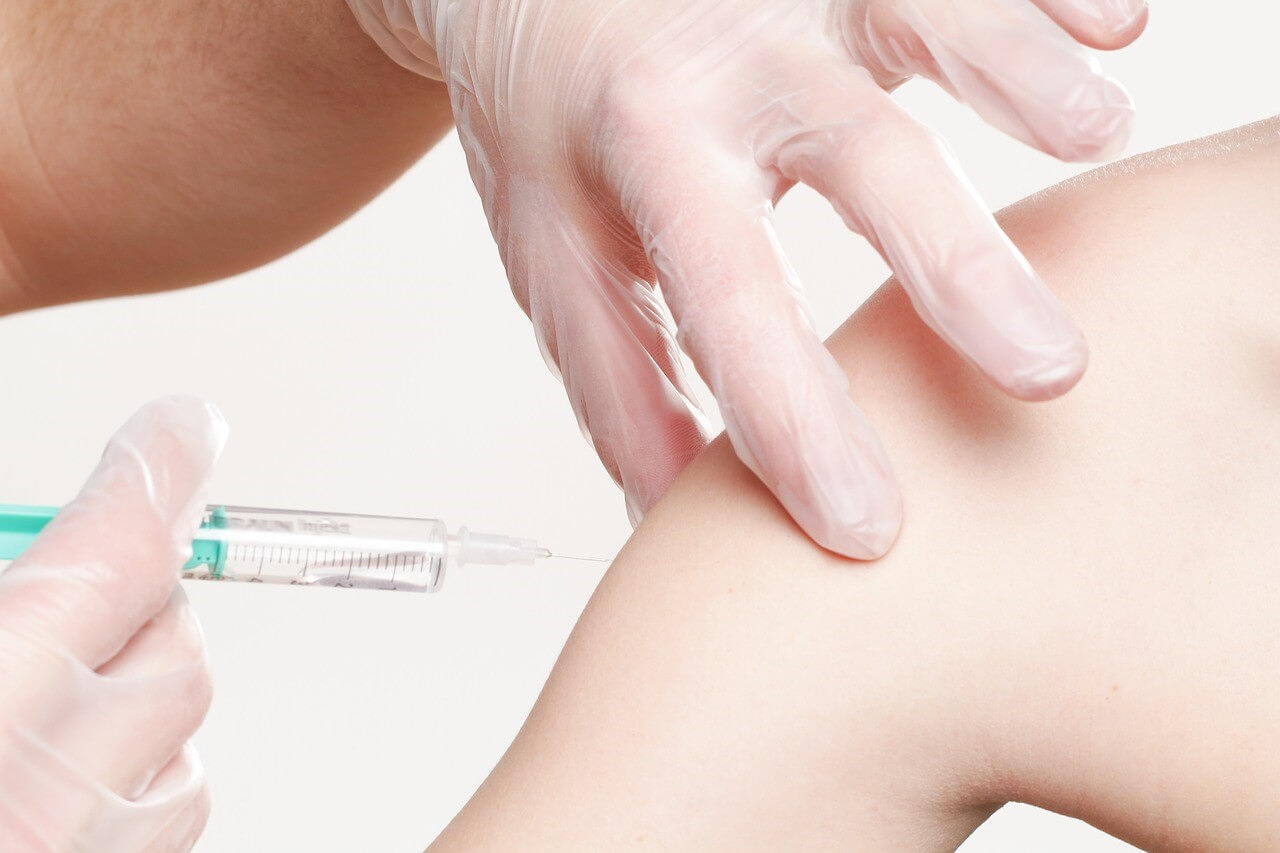Everything You Need to Know About Corticosteroid Injections
share this article
What are Corticosteroids?
Corticosteroids are a group of steroid hormones. Your body produces corticosteroids naturally via your adrenal glands. They are also produced and administered as drugs / medications.
Different types of corticosteroids include cortisone, hydrocortisone, prednisone, and prednisolone among others. These drugs can be taken orally, inhaled, applied to the skin, given intravenously (IV), or injected locally. When it comes to pain and inflammation in the knee, the steroid is injected into the knee joint directly.
Corticosteroids are not classified as analgesics or pain relievers. Instead, they work by significantly reducing inflammation in the joint, and in turn, the reduced inflammation helps reduce pain and discomfort.

Who is appropriate for corticosteroid injections?
Ideally, individuals have tried other conservative treatment options before attempting the injections. Examples of some more conservative and less invasive options include patient education, physical therapy, exercise, weight loss, activity modifications, and/or oral analgesics or anti-inflammatories.
Corticosteroids are usually considered if these conservative treatment options have provided minimal relief or the individual’s pain and functional impairment is significant. Injections may also be used to delay knee replacement surgery.
Corticosteroid injections are not a long-term fix. It is important to know that with injections for joint inflammation, the inflammation reduction and pain relief is temporary (weeks to months), and other long-term management strategies should be considered.
What to expect when receiving an injection.
Little preparation is needed prior to receiving a corticosteroid injection into the joint. Caution is taken for individuals with diabetes as injections can lead to temporary increases in blood glucose levels. Injections are also avoided if you have an active infection. If you take blood thinner medication, your doctor may request that you stop taking this medication for a few days prior to the injection.
An injection is usually performed at a physician’s office either by your primary care physician, orthopedist, or other specialist such as a rheumatologist. First, the area is cleaned and disinfected with either an alcohol or betadine. This helps avoid infections of the joint.
In some instances, a local anesthetic is sprayed at the site of the injection and/or a local anesthetic is included in the syringe (such as lidocaine) to provide some immediate relief. A separate syringe may also be used to drain excess fluid from the knee before the corticosteroid is injected. This also can provide some immediate relief and improved mobility of the knee.
The injection is usually performed right below the kneecap. You may feel some pressure at the injection point, but for most people, there is minimal pain with the injection. Some doctors will use an ultrasound or x-ray fluoroscopy to watch the path of the needle into the appropriate location. After the needle is removed, a bandage is placed over the injection site.
What to do after the injection?
- Avoid strenuous activity / impact to the knee for about 24-48 hours such as heavy lifting or high intensity exercise.
- Be aware of the signs of infection such as increased pain, swelling, warmth, and redness to the area
- Apply ice / cold to the area as need
- Avoid heating pads, warm baths, hot tubs…warm showers are okay.
What to expect?
- There may be a temporary increase in pain in the joint for 24-48 hours, or it may take a few days to notice any pain relieving benefits.
- About 40% of individuals can also experience some flushness and warmth of the face and chest after the injection that lasts for a day or so
- Ideally, you will experience a raid relief of inflammation and pain in the knee and an improvement in general function
- This relief can last for many weeks up to about 3-6 months with average relief last 6-12 weeks
- The first injection usually provides the greatest relief with subsequent injections providing less relief
Frequency of injections?
- Repeated injections increase complication risk and can cause damage to the soft tissue of the joint such as the cartilage and ligaments.
- Injections should be no more frequent than every 6-12 weeks with no more than 2-3 injections per year.
- There is no established maximum amount of injections you can receive, but each subsequent injections increases complication risks and potential damage to the joint
What are the possible complications of steroid injections?
- Joint Infection
- Nerve Damage
- Thinning / atrophy of skin and soft tissue at injection site
- Temporary increase in pain / inflammation
- Thinning of nearby bones (osteopenia)
- Lightening of skin at injection
- Osteonecrosis or destruction of nearby bone
Note: The risk of these complications are low with local injections and low doses / frequency of administration. Risks of complications increases with higher doses and frequency of injections.
For these reasons, it is important to consider multimodal treatment and management options for knee pain caused by osteoarthritis or other causes of arthritis.
As noted above, this includes things such as education, weight loss, activity modification, exercise, and physical therapy.

share this article
Subscribe to our newsletter
Join our mailing list to receive the latest news and updates from the Knee Replacement Therapists. Also, for a limited time, receive a free article from The Knee Replacement Therapists describing why your x-rays may not be giving you the whole story.
Free Preview
Click here for a free preview of some of the content found in our video Programs
Knee to Know Show
Click here to checkout our popular vlog with videos on a variety of topics related to knee replacement surgery, knee pain and arthritis, and helpful exercises and activities.
Ready to get started?
Browse our programs, or purchase now.



